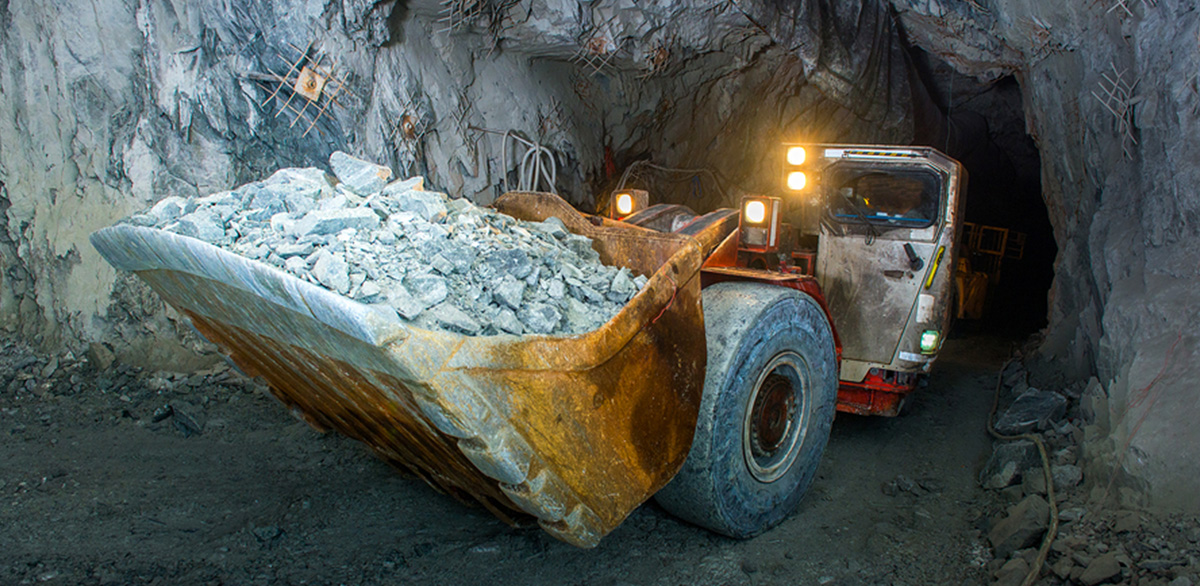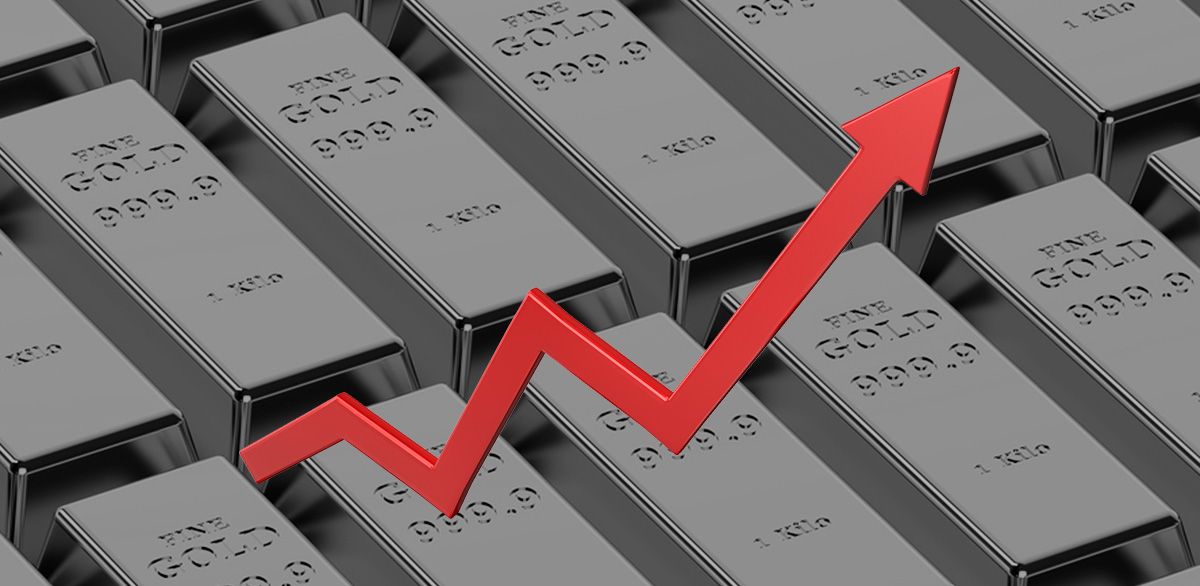
Gold demand has been growing in recent years, fueled by technological applications, jewelry, and safe haven investing. With many experts claiming gold production peaked in the mid-1990s, gold supply could be limited in the coming years. While we aren’t running out of gold entirely, the World Gold Council’s recent Gold 2048 report indicates “mine supply will struggle to expand” and even “decline over the next 30 years.”
Gold Mining Challenges

While we can expect the mining industry to produce gold at current levels for a few more years, supplies are set to start falling after that unless another major discovery occurs. Here are some of the major issues for mines.
Diversification of Mines
Throughout the past three decades, gold mining has become more globalized, with operations in China and Russia significantly adding to supplies from the ‘big four’: South Africa, the U.S., Australia, and Canada. Such diversification has allowed production to reach record levels. Since the mid-1970s, the quantity of gold ever mined has doubled to 190,000 tons. At this rate, another 97,000 tons could be produced by 2048. The big question is, where will all this gold come from?
Insufficient Reserves
Fifteen years—that’s how long mines across the world could keep up current production rates with the 55,000 tons of gold mineral reserves available. This is, of course, only if a metallurgical recovery factor of 90 percent were to be achieved. Put simply, known gold supplygold supply is shrinking.
Remote Mineral Resources
There’s enough gold in known mineral resources to keep mine operations at full compacity for the next 30 years; however, recovering them at current gold prices is uneconomical and, in many cases, further study is required to determine whether a particular reserve would prove profitable.
Rising Construction Costs
The cost of resource discovery, production, and mine construction has significantly increased in recent years. For example, production expenses have risen about 10 percent a year over the past 15 years. Maintaining production at current levels will require gold prices to jump to $1,500 an ounce.
Fewer Big Discoveries
The rate of gold discoveries has fallen over the last 30 years, despite rising exploration budgets. Moreover, planned mining developments aren’t expected to yield major discoveries of gold. This means gold will increasingly derive from smaller operations, which may face greater challenges remaining sustainable in the face of inflationary production costs.
Rising Gold Demand

Demand for gold from an array of sources will continue to rise even as supplies start to diminish. Below are some of the major drivers of gold demand.
Safe Haven Investing
Tensions in the Middle East, prickly Brexit negotiations, and uncertainty surrounding the current administration will continue to drive safe haven investing in the near future.
Physical Gold Buying
Anticipating rising prices, many investors will increase the demand for physical coins and bars, causing a spike in retail demand. In 2017, gold bullion bars and coins saw a 9 percent increase in demand compared to 2016.
Overheated Stock Market
Wise investors expect the stock market bubble to burst and are diversifying their portfolios with gold in the meantime.
Central Bank Purchases
Central banks are predicted to acquire more than 400 tons of gold in the next year.
New Foreign Markets
Another major source of gold demand will be the growing middle class in India and China. Technology in the form of mobile apps will improve access to gold and the immediacy of trading for these markets.
Industry Applications
The use of gold in the technology, energy, and healthcare sectors is set to increase, according to the World Gold Council report.
A Constricting Market
Shrinking supply and rising demand will likely cause the gold market to constrict in the near future, making the precious metal much more expensive. The key for investors is to buy gold now before the next big price jump. Learn more about how to invest in gold.


